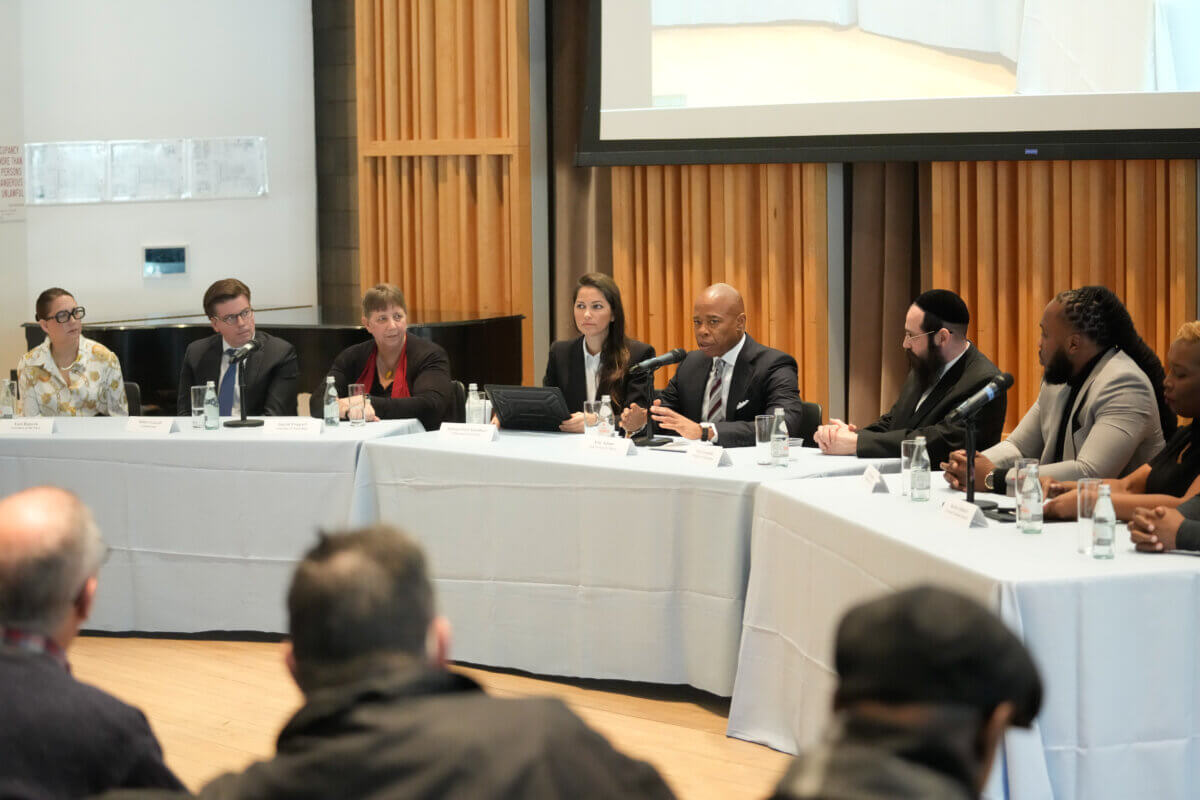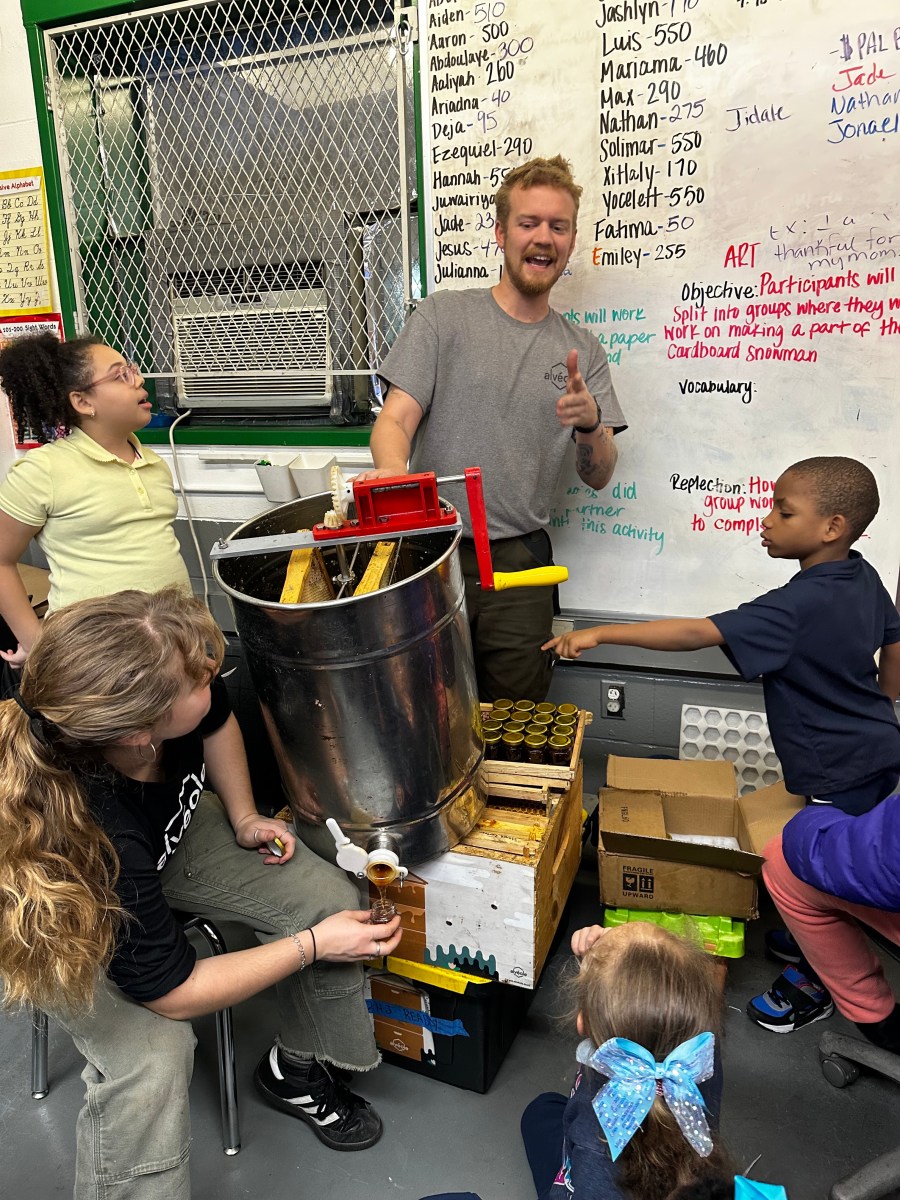When New York state and city education leaders announced an effort with the Hunt Institute’s Path Forward program to train teachers on science-based literacy instruction, relief seemed to set in across the five boroughs over another plan to solve low-reading levels and help students overcome the reading disability dyslexia.
However, the news left some learning disability experts wondering when the same will be done for the math learning disability known as dyscalculia.
“To the best of my knowledge, there are no formal dyscalculia programs in the NYC public schools,” said Elena W. Ostroy, a Brooklyn-based neuropsychologist who works with various ages regarding ADHD, learning disabilities and developmental delays. “The [Department of Education] has only recently begun to pilot a program to provide screening and targeted support for dyslexic students. Dyscalculia prevalence estimates vary somewhat, but it is roughly similar to dyslexia. It is … much less researched, less known by the general public, and receives less attention in the school setting in general, not just in New York.”
According to Understood, a nonprofit dedicated to those who “learn and think differently,” dyscalculia is “a condition that makes it hard to do math and tasks that involve math.” It can happen on various levels of math, from multiplication to fractions to algebra or geometry. Some dyscalculics struggle on all levels, while some struggle with certain kinds of math. It is estimated that between 5 and 10% of all elementary school aged children may have dyscalculic — and there may also be adults unaware that they have it.
Debunking dyscalculia

The educational organization, Dyscalculia.org, says the symptoms of dyscalculia include mixing up numbers and math symbols, difficulty memorizing math procedures, unable to do math without using a calculator, and problems dealing with money. There are also issues with estimating time, and distance and understanding directions.
Anxiety, frustration, and trying to avoid all things math-related are common reactions among dyscalculiac students, who often go undiagnosed and find themselves struggling in a variety of subjects. They also struggle to get into certain colleges and tend to avoid careers that are math-oriented.
“Dyscalculia certainly can and does affect academic achievement well beyond the math classes,” Ostroy told amNewYork Metro. “Really anything that involves math and numbers, including most STEM subjects, physics, chemistry, computer science, etc., can be negatively impacted by dyscalculia if the student is not getting the support that they need.”
Dr. Paul Yellin of The Yellin Center for The Mind, Brain, and Education. near Midtown, added that recent math scores among fourth-graders as students returned to in-person learning show how easy it is to fall behind in math, which can be worse for dyscalculics.
“It doesn’t take much to fall behind,” Yellin said. “Math is a cumulative practice and so much has happened. Not having number sense can hold you back.”
Even though dyslexia has received most of the research for many decades, dyscalculia is only now starting to get the same. Yellin says researchers are learning much more about the disorder and previous beliefs are turning out to be incorrect.
“Dyscalculia has caught up in the last 10 years,” said Dr. Yellin. “We’ve learned it is a neurologically-based processing disorder. There’s old myths that need to be debunked, like girls doing less at math and boys doing less at reading. There’s no reason why girls shouldn’t do reasonably well with math. You can also be smart and have a reading challenge or a math challenge. Early screening in early grades is also encouraged.”
Ostroy agrees with early screening.
“The sooner dyscalculia is identified and treated, the more effective the interventions are likely to be. Teachers should be trained to identify signs of math difficulty as early as preschool or kindergarten. In young children, these are the skills that are usually acquired implicitly [such as] counting objects one by one, estimating, and comparing quantity. In elementary school, teachers should be flagging kids who are struggling. Teachers should also be aware that dyscalculia often co-occurs with other learning and neurodevelopmental conditions, so kids with dyslexia, ADHD, etc. are at higher risk.”
Impact across the Big Apple
Dr. Navpreet Kaur, who runs SNR Tutors in South Richmond Hill, Queens, says five out of her 20 students (25%) have dyscalculia.
“We see it often,” she said. “Schools don’t talk about it. These students need more time to comprehend and work one-on-one with someone.”
With dyscalculia increasingly understood and word slowly going around about this disability among parents and teachers, awareness of it could lead to more schoolchildren receiving help.
Both Dr. Yellin and Ostroy believe that since elected officials both in New York City and Albany have done much for dyslexia, now is the time for them to focus on dyscalculia.
Among the elected officials often involved in legislation or events regarding dyslexia are Assembly Members Robert Carroll and Jo Ann Simon of Brooklyn; Harvey Epstein of Manhattan; and Jake Blumencranz of Long Island. All four made remarks at this year’s 8th Annual Dyslexia Awareness Day.
As a former teacher, Simon says she noticed students having serious math challenges, but also there were not many experts to turn to for help. She also says very few constituents and advocates have come to her office to discuss dyscalculia.
“It’s never been that anybody has reached out and said, ‘My kid has dyscalculia,’” Simon said. “And ‘I need help, or what are you doing about it?’ That just, you know, hasn’t happened.”
Carroll had two pieces of legislation pass the Assembly last Spring, including the “Dyslexia Diagnosis Access Act” which will require insurance companies to cover neuropsychological evaluations and cap coverage amount. He says dyscalculia and other learning disabilities could be added to the bill.
As for Blumencranz, he had dyslexia and dyscalculia growing up and needed specific support and resources. He recognizes that while dyslexia is more well-known, dyscalculia is forgotten.
“It leads to misdiagnoses and neglect,” he said. “It comes down to educating the educators. We need a bipartisan effort that crosses the party lines. Every child has the right to be educated and the right to be tested.”
Meanwhile, Epstein told amNewYorkMetro that he expects greater discussion about dyscalculia next year in Albany, though he does not expect to introduce any bills.
Both Simon and Carroll welcome the idea of talking about what to do about dyscalculia. Simon said providing grants to further research how the brain processes math, just like learning how the brain processes reading, would be a good direction.
What’s being done?
In a statement, the DOE’s Director of Media Relations, Nicole Brownstein, said, “NYC Public Schools acknowledges that dyscalculia remains a challenge that many of our students face. We are supporting these students through individual interventions and tutoring, and there is still more work to be done. We look forward to continuing to build out interventions so that every student receives the help they need to succeed in school.”
Educators and researchers with whom amNewYork Metro spoke expressed satisfaction regarding reports that the DOE and some of the city’s elected officials may do for dyscalculia what they did for dyslexia.
Elena Ostroy likes the idea of having a similar program for dyscalculia compared to the Path Forward program, saying it could incorporate evidence-based methods of teaching numeracy skills into teacher training and providing equitable access to all students. However, she still stresses the need for early interventions.
“Kids’ brains are pretty plastic,” Ostroy said. “So the earlier the intervention starts, the more likely the brain is to adapt. For older kids, it is particularly important to remediate the basic skills before moving on to more advanced ones. In clinical practice, I often see middle and high school students who get tutored in grade-level math, but really struggle with basic multiplication or division. I always recommend that the school learning specialist or tutor start with the basics and go from there.”
Dr. Kaur would like to see afterschool programs where dyscalculic students work with a trained teacher rather than someone simply hired by the program.
“It should not affect school timing,” she said. “They should hire agencies that go and work with the children and should not waste time. We need to use repetition where the students do the problems again and again. That’s why in China they’re so good at math; they do it over and over.”
Dr. Yellin is also looking forward to both the city and state to focus on math now that there is a change the Path Forward program will make an impact on reading and even dyslexia.
“I think we’re headed in the right direction,” he says. “The way reading is taught will change and now let’s move on to math. It will save a lot of pain and frustration.”




































